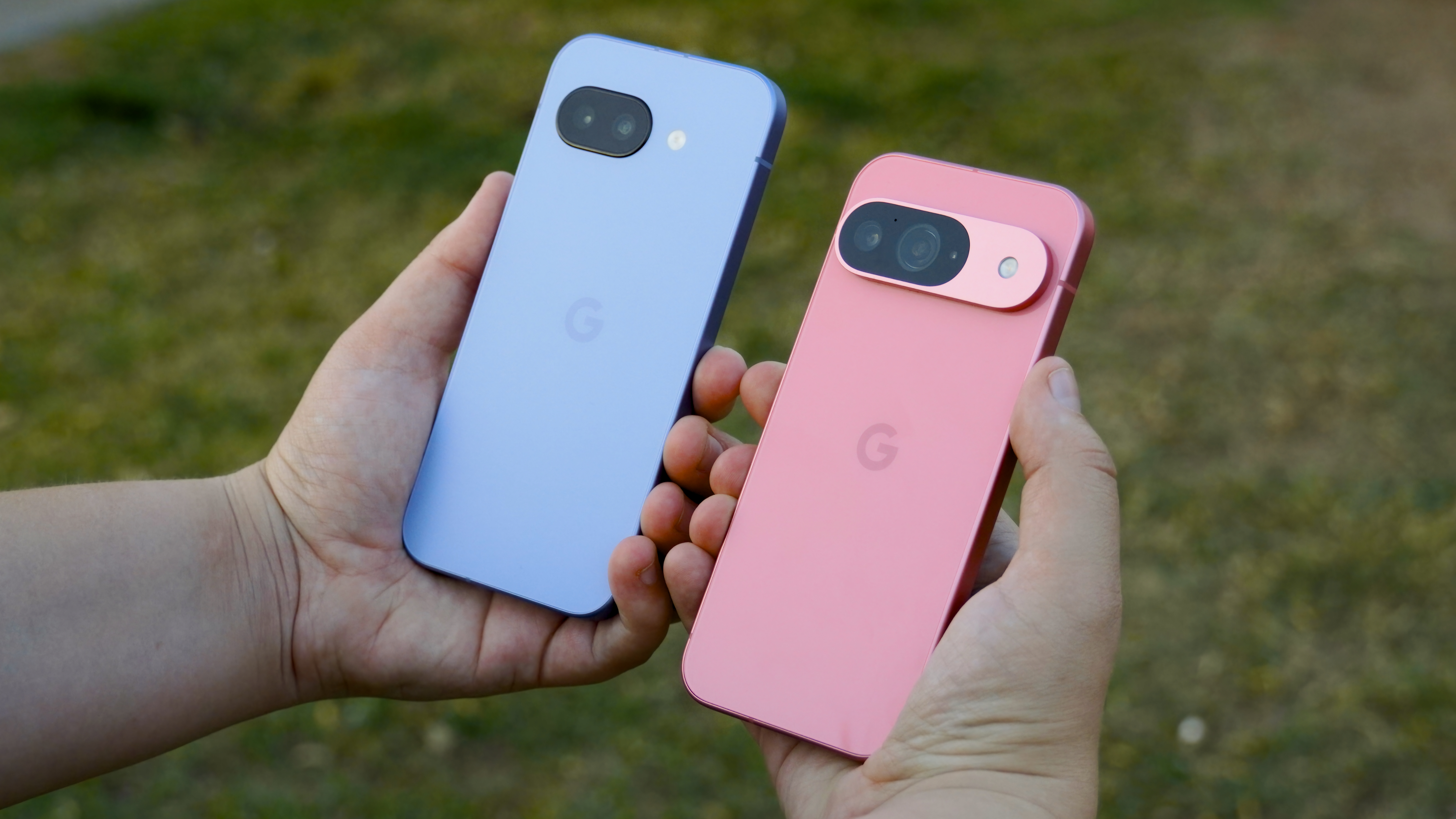buying guides
Latest about buying guides

Best cheap NAS
By Harish Jonnalagadda last updated
NAS for less These affordable NAS servers let you easily store your precious photos and videos.
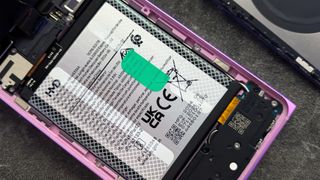
Best Android phone with removable battery
By Namerah Saud Fatmi last updated
Modular power You might think that the best Android phone with removable battery doesn't exist, but that's not true. Here are a few good options you must check out.
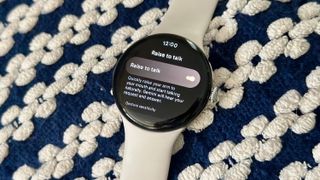
Best Google Pixel Watch 4 bands
By Namerah Saud Fatmi last updated
March to these bands It might not be as wide, but the collection of the best Google Pixel Watch 4 bands encompasses a diverse variety, ranging from metal options to stretchy ones.
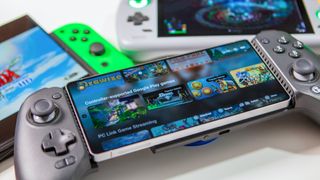
Best game controllers for Android
By Andrew Myrick last updated
Fun-sized joysticks Mobile gaming is exploding, with more people getting into it regularly. We've found the best game controllers for Android phones and tablets.

Best Android phones with a headphone jack
By Namerah Saud Fatmi last updated
Wired audio FTW The 3.5mm headphone jack on phones has nearly gone extinct, but these excellent Android phones are still holding on to it. Here are some of the best ones you should consider if you need to plug in.
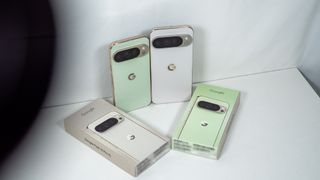
These are the most secure Android phones that you can buy today
By Jerry Hildenbrand last updated
Safe & sound With one of these secure Android phones, you don't have to worry about the safety of your data. These phones have great hardware, cameras, and more.

The best Meta Quest 3 and 3S accessories to buy in 2025
By Nicholas Sutrich last updated
Make it better We run through the Elite Straps, facial interfaces, Link cables, cases, battery packs, and other Meta Quest 3 & 3S accessories that you'll want with your new headset.

Best prepaid phone plans
By Samuel Contreras, Namerah Saud Fatmi last updated
Go prepaid, save more! With one of these best prepaid phone plans, you can enjoy everything from high-speed 5G connectivity to mobile hotspot data, all at affordable prices.

Best Android tablets for kids
By Patrick Farmer last updated
Kids Love Them! Want to get your little one(s) comfortable with technology the right way? Here are some of the best Android tablets for kids you can check out.

These 6 prepaid SIM cards for U.S. tourists will take your 2026 travels to the next level
By Patrick Farmer last updated
Travel in comfort With the best prepaid SIM cards for U.S. travelers and tourists, you can stay in touch with family and friends no matter where you are in the country.
Get the latest news from Android Central, your trusted companion in the world of Android
